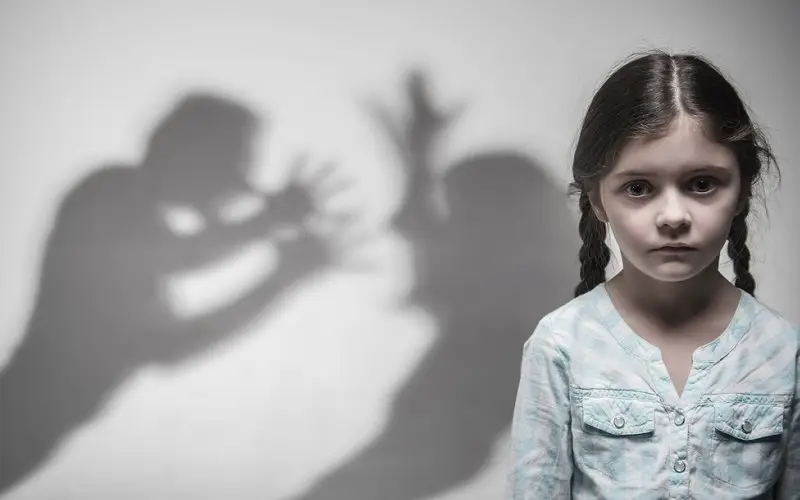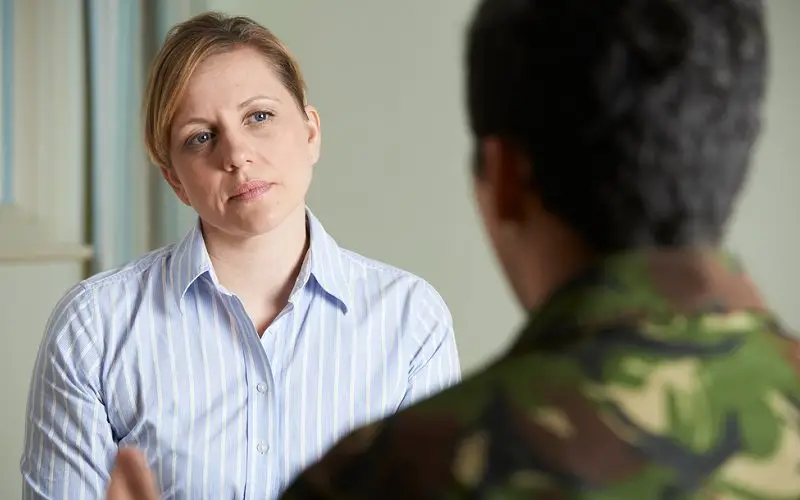
Today, public discussion of abusive sexual behaviour has entered an unprecedented period of reflection on appropriate and inappropriate behaviours, and their impacts on the victims.
Sexual violence is a broad term that comprises a range of harmful and traumatic acts affecting millions of people worldwide every year. These acts are not solely driven by sexual impulses, but rather often reflect attempts to gain power over others.
Two defined categories of such behaviour are sexual abuse and sexual assault, sometimes used interchangeably and including a range of acts performed against the will of the victim and causing mental and often physical trauma.
SEXUAL ABUSE
The term ‘sexual abuse’ is generally used to describe mistreatment of children rather than adults. This behaviour does not necessarily involved physical contact, and can include inappropriate touching of the victim, forcing the victim to touch the perpetrator in a sexual way, making the victim watch sexual acts, exposing genitalia in the presence of the victim, obscene online, telephone, or text communication, and any other sexual conduct that is harmful to a child’s wellbeing.
‘Sexual assault’ involves unwanted touching or the use of coercion or physical force that obligates the victim to unwillingly engage in a sexual act. It is often incorrectly conflated with rape, although a rape may be described as a sexual assault. While rape is a specific act, sexual assault refers to a range of acts involving criminal sexual behaviour, such as groping, rubbing, forcing the victim to touch the perpetrator, unwanted touching and kissing, and includes the acts of rape and attempted rape.
WHAT ARE THE SIGNS & SYMPTOMS OF SEXUAL ABUSE?

The signs of sexual abuse of children may not be easy to recognise, especially as the perpetrator may be a known and trusted individual. Some potential warning signs include the following:
- A refusal to bathe or excessive bathing
- Trouble in school
- Nightmares, bedwetting
- Anger, tantrums
- Suicidal thoughts
- Development of phobias
- Regressive behaviours such as thumb-sucking
- Depression symptoms
- PTS symptoms
- Exhibiting sexual knowledge or behaviours
- Running away from home/school
- Feeling threatened by physical contact
Sexual assault can result in physical injury but will not necessarily be identified by visible physical trauma. Other signs that sexual assault has occurred can include the following:
- Frequent headaches
- Poor physical and/or mental health
- Depression
- Anxiety
- PTSD
- Sleeping difficulties
- Gynaecological complications
- Chronic pain
- Difficulties in relationships with others
- Inability to work
- Addiction
- Fertility issues
- Sexually transmitted infections
Sexual assault victims may be left with a sense that their bodies are not their own, and may blame themselves for the assault and experience feelings of guilt, shame, and fear.
HOW COMMON IS SEXUAL ABUSE?
Childhood sexual abuse is common, although often belatedly reported or under reported. In cases of sexual abuse, most perpetrators are known to the child or the child’s family, with over ninety percent of young victims knowing their abuser.
Perpetrators are not necessarily adults, but can be anyone in a position of relative power who exhibits abusive behaviour that takes advantage of the vulnerable nature of the child. Sexual abuse is not related to the sexual orientation of the abuser.
The majority of perpetrators of sexual assaults (approximately seven out of ten) are also known to the victims, and this can also result in an under reporting of crimes, particularly when victim and perpetrator are closely related, as for example in cases of marital sexual assault. According to the WHO, available data indicate that nearly one in four women may experience sexual violence by a partner throughout their lifetimes.
WHAT ARE THE MAIN CAUSES THAT LEADS TO SEXUAL ABUSE?

Sexual violence is driven by many factors in a range of different social, cultural, and economic contexts. The underlying motivation for this behaviour is frequently to exert power and dominance over the person assaulted.
Victims often blame themselves, and adverse childhood experiences may play a role in the behaviour of both the future perpetrator and victim.
There are various risk factors that may increase the likelihood of sexual assault.
Risk factors for perpetrating sexual violence include:
- Alcohol and/or drug use
- Experience of sexual abuse as a child
- Family background of violence, economic hardship, lack of emotional support
- Fantasies of coercive sexual behaviour
- Sexually aggressive peer group
- Behaviour patterns that are hostile towards women
HELP FOR SEXUAL ABUSE VICTIMS
At Brain Training Australia™ we use Neurofeedback Brain Training to help our clients suffering from sexual abuse or sexual assault.

Let us help you. Here is how to get started.
Your first step is to get in contact with us.
All new clients receive a free, complementary and no obligation 15-minute face-to-face Complementary Assessment with a dedicated member of our team. If you’re on the fence, wondering if Neurofeedback Brain Training is right for you, then this is a really good place to start.
If you are ready to get started then you can just book in your First Appointment and get started straight away.
The team at Brain Training Australia™ recognise the unique qualities of all our clients and will work closely with you to personalise your Brain Training Program so that you can achieve your goals of optimal mental processes.
We look forward to helping you live a much richer, happier and healthier life.










